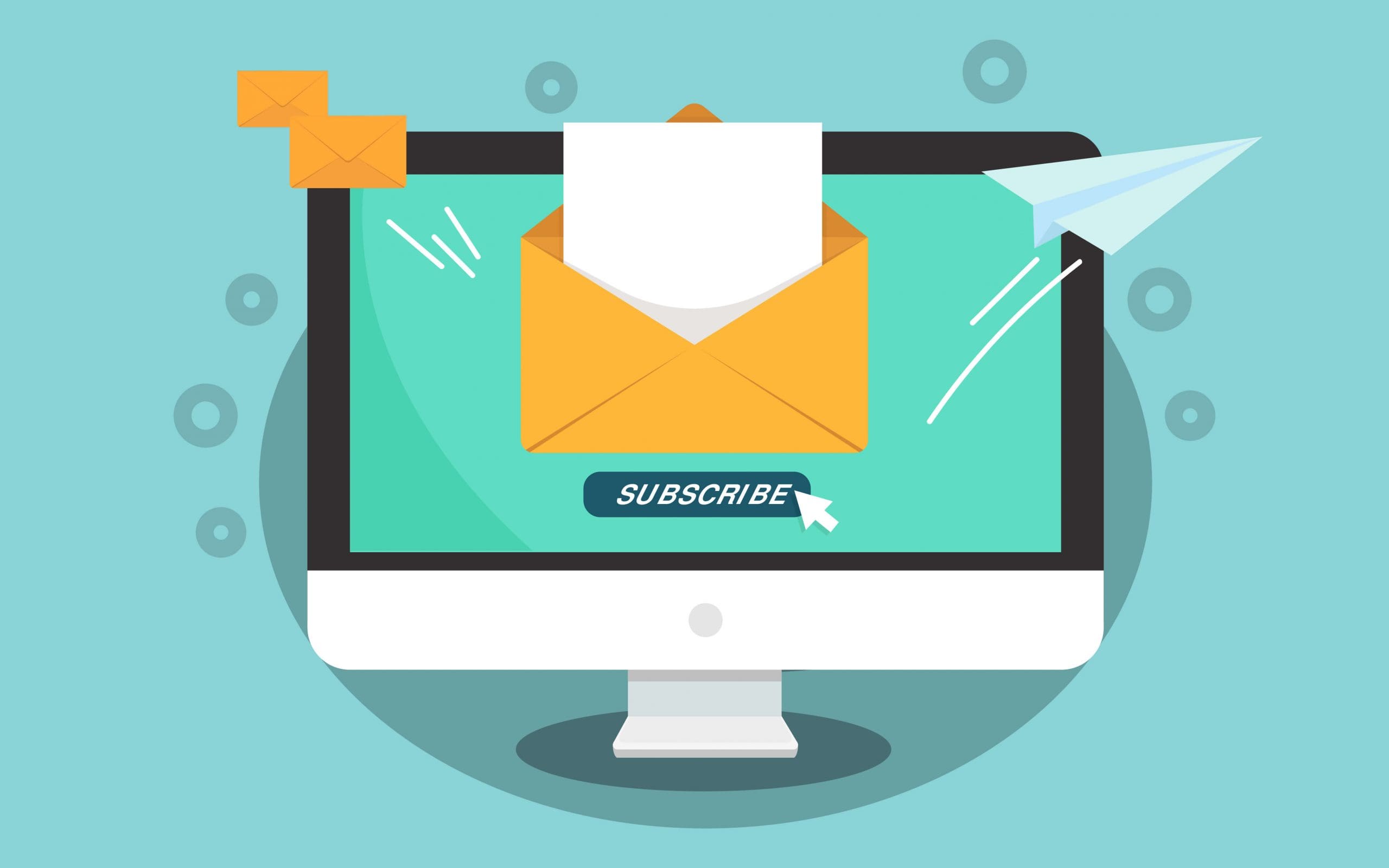
With email marketing you walk a fine line between connecting with your audience and being just another sender of spam that your clients will ignore.
Email is relatively inexpensive compared to direct mail and is more effective at reaching your desired audience compared to social media posts. Your email marketing can be used to upsell current clients or let them know about a new service you have added. Emails also serve as an effective way to solicit feedback from customers after a job is completed or to ask for a review to boost your online reputation.
Provide Value
No matter what your email marketing campaign goal is, make sure your email is providing value. An easy rule of thumb is to ask if you were a customer receiving this email, would you read it? Does it provide value?
If you are sending out a monthly e-newsletter to remind customers about your company, include interesting, educational information that establishes your business as an expert. Offer tips and recommendations for customers based on the season. If you’re reaching out to offer discounts, make sure they are something worthwhile.
Be Intentional
In the vein of providing value, you need to make sure you are being intentional about who you are sending your messages to. Email blasts are generic and often come across as spammy. Taking the time to really narrow down your email lists to who would best be served by an upsell service promotion means they will be more likely to engage with your email.
Creating segmented email lists and only sending relevant emails to these lists can help ensure your marketing campaigns are more successful.
When designing your email, make sure the subject line is interesting enough to get the recipient to open your email. People often use the subject line alone to determine if they are going to open or delete an email. Sites such as CoSchedule offer email subject line testers allow you to see how effective your email subject line is.
Schedule Sends at Optimal Times
Even if you have a targeted email list with an enticing subject line, sending emails at the wrong time will result in fewer opens and clicks. According to CoSchedule, the best day to send emails is on Tuesday, but Thursday and Wednesday are also good options.
As for the best time of day to send the emails, there are several different options that are popular including 10 a.m., 8 p.m. when people are checking their email before bed, 2 p.m. when people are checking out of work mode or 6 a.m. as 50 percent of people start their day emailing in bed.
Frequency should also be considered for you email marketing. While it’s okay to retarget certain recipients who didn’t open the first email a few days later, you don’t want to be sending out so many emails to clients they decide to unsubscribe.
Review the Analytics
Because email marketing is not an exact science, you can’t simply follow some best practices and then assume it is ineffective if you don’t see immediate results. Taking time to review your analytics will give you crucial data to work with and tweak your campaign in response.
Pay attention to what content your customers are engaging with the most. Test different days and times to find out the optimal send time to reach your mailing lists if you aren’t seeing the engagement you’d like. Knowing what is working and what isn’t will help you create an email campaign that is useful to both you and your client base.

